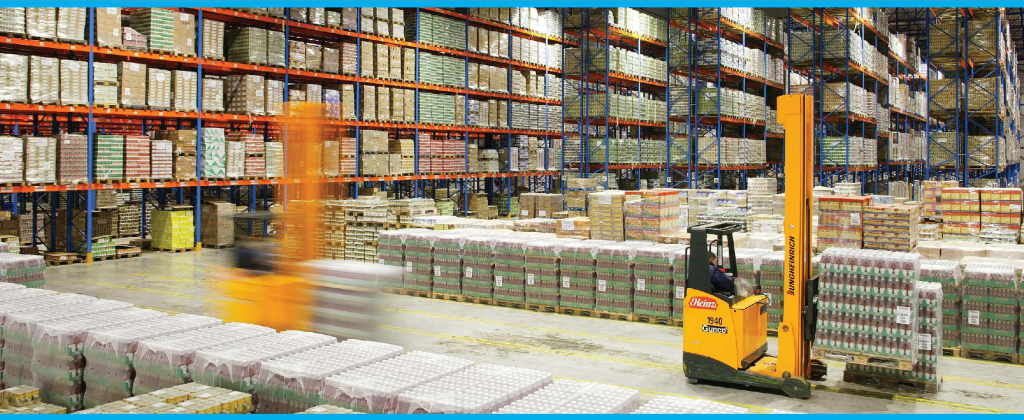CRM builds and manages long-term, profitable customer connections. The main objective is to give customers what they need. In order to understand their desires, surveys and CRM tracking can be useful. They reveal what customers like, dislike, need, prefer, and will most likely seek in future.
CRM systems contain both, customer databases and tools for acquiring more information. These days, businesses choose web-based surveys that have supply chain questions. A CRM algorithm can acquire used data and easily produce a database containing customer preferences along with the services they are seeking. The main focus is connecting supply chain with CRM in the market.
How is eSCM improving business?
A few years ago, supply chains weren’t best known for their transparency. Negotiation-driven satisfaction was low with suppliers. Today, eSCM enables better transparency, with higher cost effectiveness, lower transaction time, and a better global reach offered by e-procurement. This clearly indicates technology has a better functionality for both, the manufacturing and the service industries. All businesses are taking shelter under different technological platforms to bring down their investments and operational expenses while generating better productivity.
One of the main areas that experienced high output at minimum cost is procurement. Taking a new structural approach to initiatives and utilizing the innovative potential in IT, businesses are performing extremely well in supply chain planning compared to their competitors. The tactics are putting greater emphasis on process integration and data sharing. The pivotal steps to the process are to identify a suitable solution in the online process. Statistics reveal many companies are vouching for such an approach, especially after examining the advantages of the solution.
Contribution of CRM to supply chain
To achieve better customer relationships, you need to identify that right product for the right customer, the right place, time, quantity, condition, and cost. Every successful business depends on getting these factors right. Using CRM, brands identify and segment customers accordingly. Brands can also use CRM to identify future customer actions to supplement marketing. Brands can also forecast what customers are likely to buy in the future and whether the customers will prefer competitors.
Various big brands using CRM for their sales promotions, direct them towards specific customer segments with the help of business data. Any good business analytics is capable of displaying real-time transaction information and give immediate insights for actions to be taken based on events or trends assessed for future.
Although using the two software applications, SCM and CRM seems simple, there are some challenges. Even when a company has both the applications, they may not be in sync over activities, data, and I/O environments. With CRM, there is in-built technology for call centers, systems working on marketing information, and automation. With SCM, there is procurement, inventory, production, packaging, transport, and finally distribution. How the integration of CRM on SCM will function depends on the creation, modification, or replacement requirements altogether.
However, results of this practice have shown 100% increase of on-shelf availability, reduced complexities in stock keeping unit (SKU), better forecast accuracy, growth in revenue, and reduction in the cost of supply chain. In fact, there are many niche manufacturers who make their customers wait so that they can emphasize how exclusive their products are. CRM has proved successful with its effects on buying patterns, while giving manufacturers and supply chain players greater confidence in their decisions.

